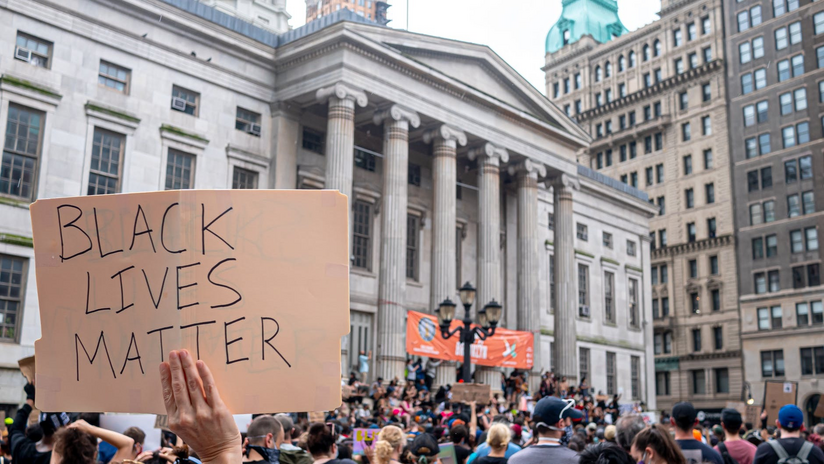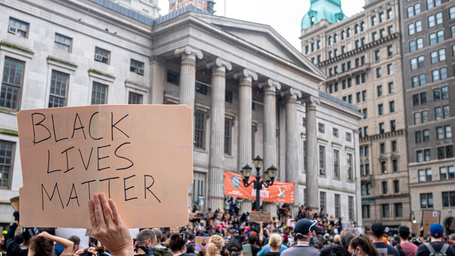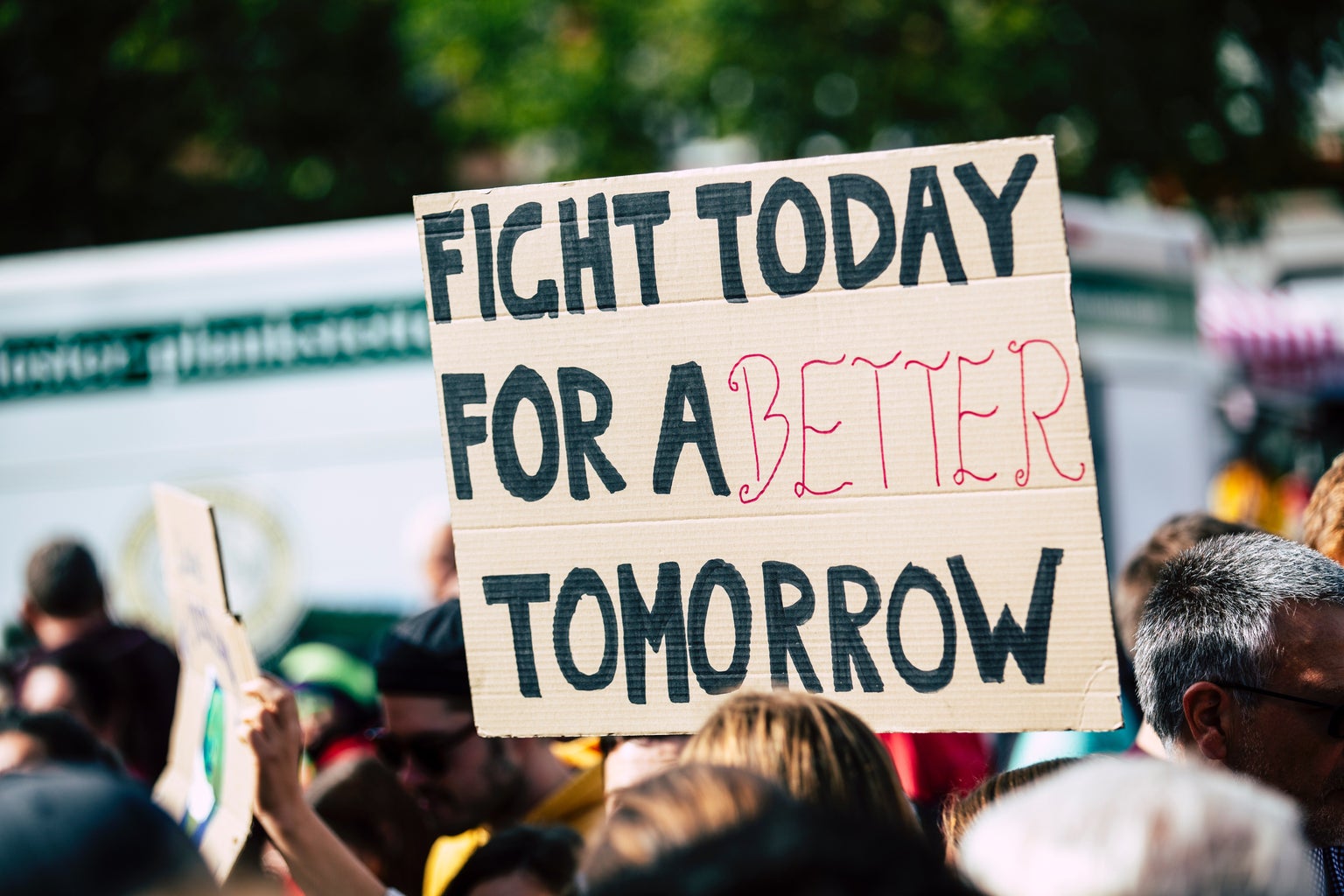Protesting has been a form of communication for the general public to the government and other systems of power since the foundation of our country. Recently, it’s picking up in popularity among younger generations as a way for us to express opinions and feelings towards larger issues at hand, such as climate change, gun control, police brutality, and LGBTQ+ rights. But if you’ve never attended a protest before, it can be hard to know what to expect and how to prepare. Don’t fret! Just keep these general guidelines and tips for protesting in mind and you’ll be on your way to making your voice heard safely and effectively.
Do: Bring a Friend
It’s always a good idea to use the buddy system, and protests are no different! Crowds can sometimes be intimidating or overwhelming, but attending a protest with someone you know and trust can make you feel more comfortable, which will make the whole experience easier and more enjoyable.
Don’t: Show Up Simply for Social Media
In an age where everyone feels compelled to post about their lives all across social media, don’t attend a protest for the sole purpose of making a post to “prove” your dedication to the cause. You’re not there for pictures or clout, you’re there to bring awareness and create change. Stay present, grounded, and remember the reasons why you’re there in the first place.
Do: Know Your Rights
Most protesters know that the First Amendment grants you the right to peacefully protest on any public land or property, but you also have the right to record the police and any other situations around you. If you’re able, do a bit of research about the specifics of the protest and its location before you head out, as these rights do not necessarily extend once you’re off of public property.
Don’t: Record Other Protesters
In addition to posting on social media, if you are planning on taking pictures, it’s common courtesy to not include faces of other protesters. Out of respect for both their privacy and safety, try to not record any close-up videos of fellow protesters’ faces.
Do: Wear a Mask
Many aspects of our lives are back to “normal,” but we are still in a pandemic! Even if a protest is outside, you should still try and wear a mask for the safety of yourself and others. Not only do they help stop the spread of COVID, but they’re also useful in maintaining anonymity.
Don’t: Purposefully Do Anything to Put Yourself (or Others) in Dangerous Situations
Large gatherings of people always carry with them the potential to become dangerous, and with police present at most protests, it’s best for everyone’s safety to stay civil and not put yourself in hazardous situations. However, if a situation does arise, stay calm and civil. Panicking or freaking out will only cause others around you to panic as well.
Do: Bring Extra Supplies
Protesting isn’t easy! It can be tiring work, so make sure you come prepared and bring any extra supplies you may end up needing like water, snacks, extra face masks, sunscreen, etc.
Don’t: Have Your Face Buried in Your Phone
You’re at a protest to advocate for a cause you care about, so pay attention to what’s going on! Whatever notification you just got on your phone will undoubtedly still be there in an hour or two, so don’t feel pressured to respond. Live in the moment and be an advocate for change.
Do: Amplify the Voices of those Central to the Movement
Remember the reason why you’re at this protest in the first place. You’re likely there as support, so unless you are central to the movement at hand, it’s best to listen to and amplify the voices of those affected most by the issue at hand.
Don’t: Feel Obligated to Stay
Being in a large crowd of people that are passionate about the same issue, while empowering, can also be overwhelming. If you at any point in time feel unsafe or uncomfortable with any situation or even the protest as a whole, don’t feel obligated to stay longer than you want to. You’re free to leave or remove yourself at any point.
This is by no means a complete list of what to do and not to do at a protest, so make sure to keep in mind that every protest is different and no two are going to be exactly alike. Always use your best judgement to asses the overall feeling of a certain protest. However, regardless of the location or type, these tips are applicable in almost every situation if you’re simply looking to become a more active citizen and have your voice heard!
Want to keep up with all things HC UMass Amherst? Be sure to follow us on Instagram, like us on Facebook, listen to our Spotify, and read our latest Tweets!




